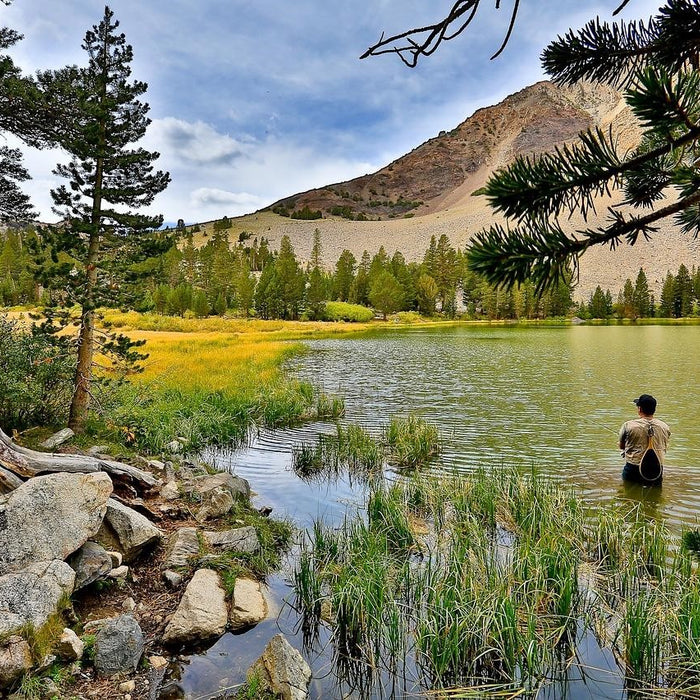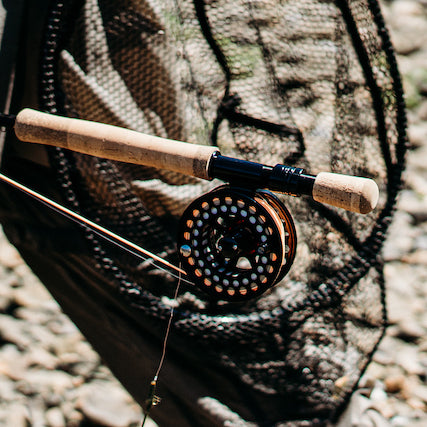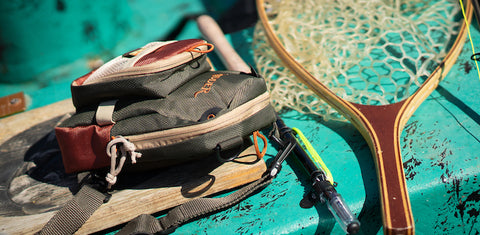
6 Reasons to Start Fly Fishing Right Now, by Robert Moreland
6 Reasons to Start Fly Fishing Right Now Have you ever wondered how you can improve your life? Of course you have! I mean, we all want to lead a happier, more enjoyable life. And as it turns out, fly...

